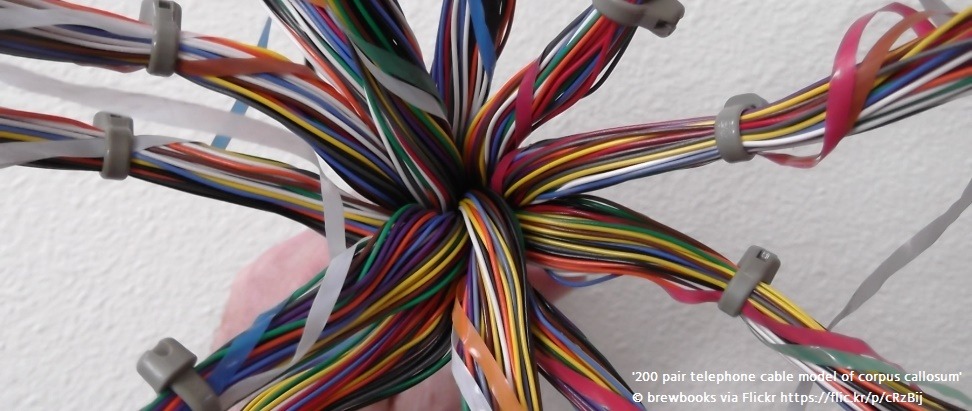The word Internet is short for internetwork. It’s just a network of networks. So the more places you can connect those networks, the more robust the whole system is. That’s what Internet Exchange Points (“IXPs”) are. They’re the connection points where networks can connect to each other, and they’re a crucial part of the infrastructure of the Internet.
In Europe, IXPs have traditionally been independent and are often run as nonprofits, whereas in North America, they’ve typically been owned and operated by commercial colocation facility operators or Internet Service Providers (ISPs). In the last several years, though, there’s been a movement in the US to build more independent, community-focused IXPs. IX-Denver is part of that movement.
Denver is pretty geographically central in the United States. It’s a city where there is a lot of fiber infrastructure, there are a lot of technology companies, and there are a lot of people with engineering expertise. But there hasn’t been a really big interconnection ecosystem there. There is one IXP there, but it’s facility-owned and you’re required to rent space there to gain access. That’s a barrier to entry. We wanted to bring the non-profit, bottom-up, open interconnection model to Denver, and simultaneously bring the local tech community together.
We’re one year in, and we’re doing pretty well so far. The hardest part is outreach; getting those first few folks in and doing that community building. The value of an IXP is in the networks you can connect to. If you’re the first network to connect to an IXP, there’s zero value. There’s a chicken and egg problem where the IXP isn’t valuable unless there’s a bunch of networks connected to it, but nobody wants to connect to it to get that going. We were fortunate to get some early buy-in from a few well-known companies: Cloudflare, Yahoo, Hurricane Electric, and Softlayer. They joined, and that became the seed for us, and then more organizations wanted to join.
I’m focusing a lot on outreach to organizations that haven’t historically peered. It’s been a real feet-on-the-street approach. We’ve been emailing our friends and contacts in the industry, going to events and talking to folks. There’s no silver bullet. Community-building is tough, but you just have to get out there and share the passion.
Any organization that has an IT network or an Internet connection can potentially benefit from peering. Some organizations will be able to lower their Internet transit bills by peering, especially if they peer with organizations with whom they trade a lot of traffic. For instance, a lot of college campuses will have a lot of Netflix downloads. So, if you want to peer with Netflix, that would reduce the amount of traffic they have to send over paid-for Internet connection by quite a bit. So they’d be able to actually lower their bill.
Peering doesn’t always lower your bill, but there’s still value even if you’re not saving money. You potentially have additional security by peering with partners. Because if you peer with them directly you’re avoiding sending proprietary trade secrets and other confidential data over the open Internet which is really insecure. It also allows you to bypass Internet congestion or choke points.
The technology part of setting up an IXP is pretty easy. The hard part is on the people side, both in terms of convincing people to connect, and in making sure you have the right people on your initial team. You’re going to need some folks with good connections to the local community, folks with connections to the broader Internet community, and at least one or two folks who’ve done this before. But community is the most important thing. You can’t do this alone.
Editor’s note – for more information about setting up IXPs, please visit our IXP Toolkit.
Chris Grundemann used to work for the Internet Society and now works for Myriad Supply. He is a friend and colleague and we asked him for his perspective on IXPs as one of the architects of the IXP in Denver, CO. We also thank Chris Dart for interviewing Chris and writing the first draft of this post. This blog post is part of a series on Internet infrastructure development. From IXPs to supporting community networks, the Internet Society works with partners on the ground to build sustainable Internet infrastructure from the bottom-up. Community first.

